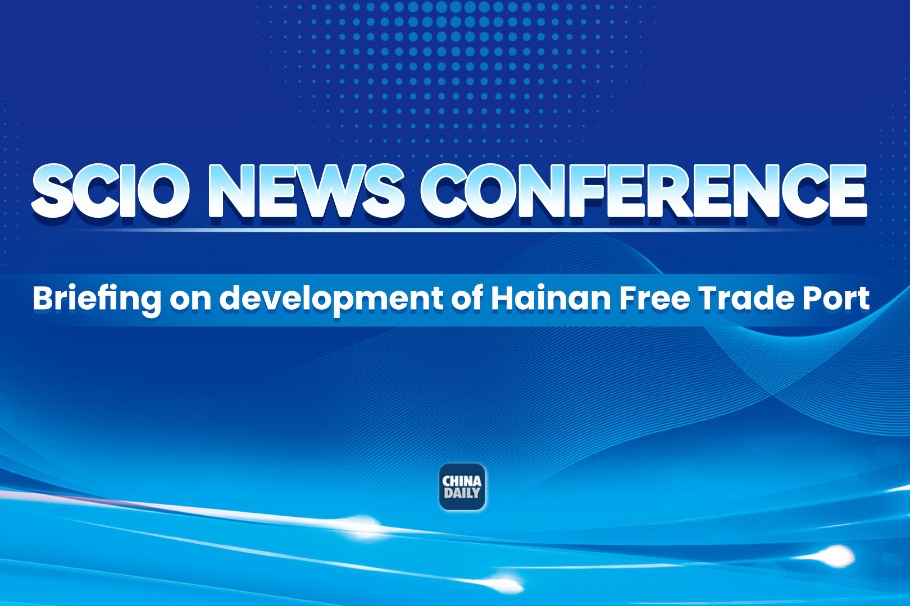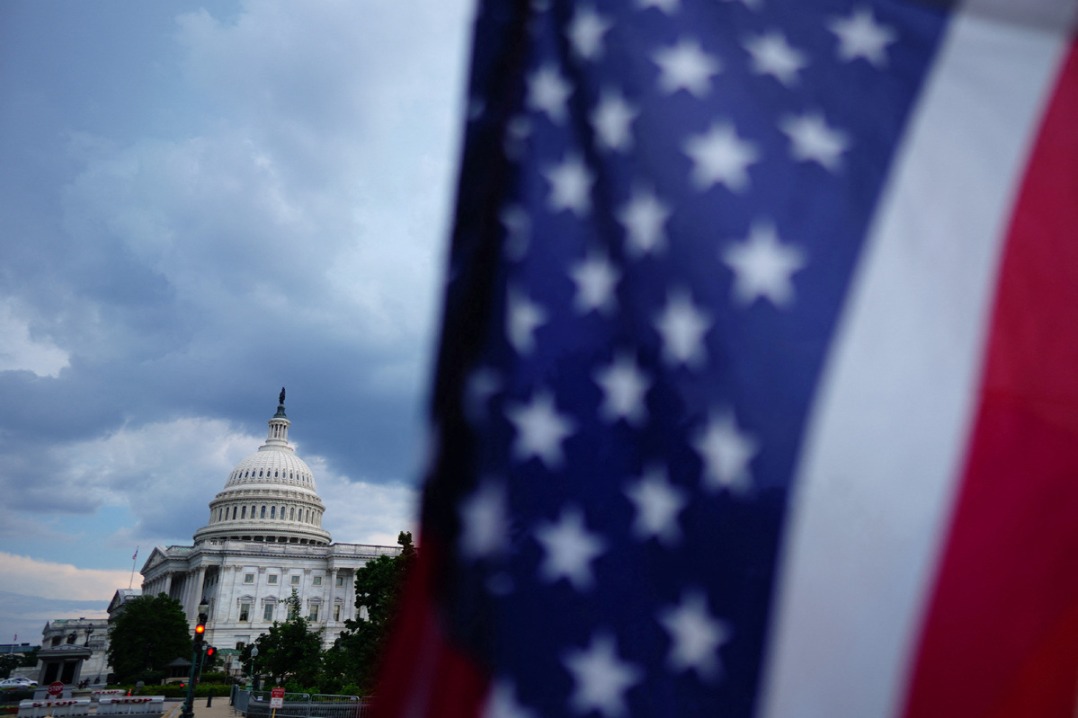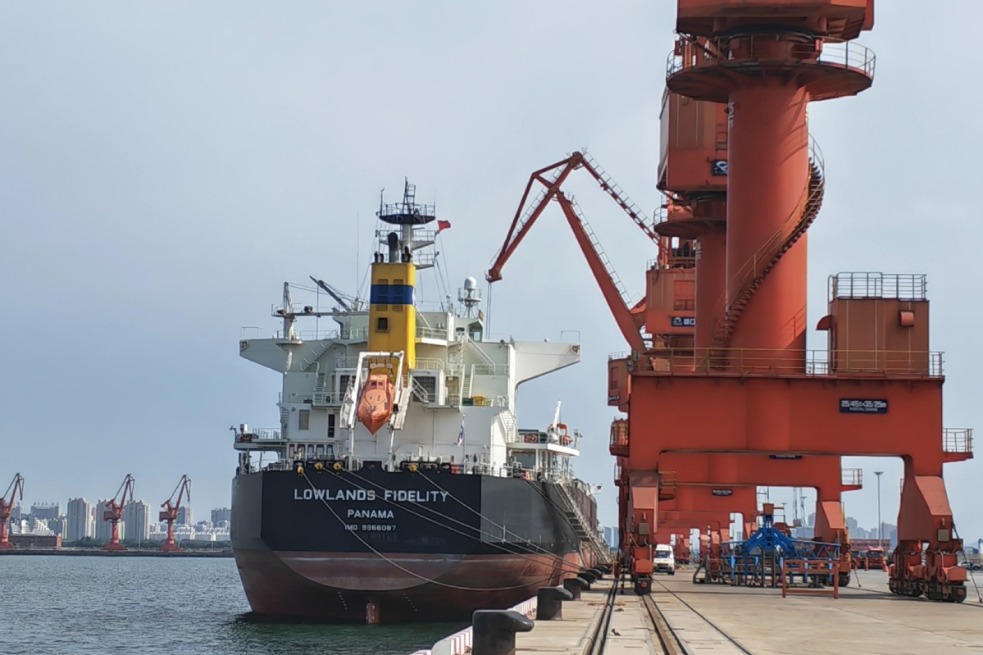Potential for vaccine cooperation high in Northeast Asia


Prior to the COVID-19 pandemic, Northeast Asia had enjoyed phenomenal growth in intra-regional travel. In 2019, the share of inbound visitors from other Northeast Asian countries ranged from 11 percent in the Russian Federation, 35 percent in China, 48 percent in Japan, 56 percent in the Republic of Korea to 76 percent in Mongolia.
Such magnitude of people-to-people exchanges signifies the high level of interconnection and interdependence among the countries. With the outbreak of the COVID-19 pandemic in Northeast Asia, people-to-people exchange was abruptly halted as countries started closing borders and imposing travel bans due, in part, to a lack of bilateral and multilateral coordination.
The complete collapse of intraregional travel built barriers to sociopolitical interactions among the countries and had significant economic impacts on many sectors of society.
Now, countries are rolling out COVID-19 vaccination programs, which present an opportunity to restore intra-regional interaction and travel. Notwithstanding the varying speed and types of vaccination and the differences in inoculation uptake across communities, national vaccination programs are definitely key milestones in the journey to rapid recovery from the effects of the COVID-19 pandemic.
With these developments across countries, the discourse now broadens on how mass vaccination efforts at the national level could contribute to coordinated approaches at a multilateral level. In terms of vaccination-related certifying documents, for instance, several considerations come into play in relation to their likely use to facilitate increased movement of people across borders, as is the case in the European Union, which plans to introduce a "digital green pass" this month.
The Chinese government, too, indicated working on such a document to support "a healthy, safe and regulated new order for cross-border people exchanges".
At the minimum, there is a need for robust information sharing across countries on their adopted certification processes. These information exchanges will lay the groundwork for mutual recognition of national procedures, as well as cultivate trust and confidence as common, harmonized standards for security and authenticity are being adopted. The exchanges will provide a platform to make clear countries' level of risks in line with their national public health policies, as well as inform on good practices that could be variably applied according to national circumstances.
The key to amplifying the impacts of these exchanges at the multilateral level is to ensure that an inclusive approach is undertaken for people and countries staying behind the vaccination process. Undoubtedly, the COVID-19 pandemic has cast a long shadow globally, with the most acute effects felt by vulnerable sectors across societies, and therefore, has reinforced more than ever the need for broad-based approaches.
In the context of cross-border use of vaccination-related certifying documents, for example, there are multiple nodes of engagements. The elements, standards and modalities of the issued documents (under the health sector's purview) should be informed by the requirements of likely users (for example, tourism sector) and balanced with possible impacts on border procedures (tasks covered by immigration officials).
The use of technology in vaccination certification is also being explored. Yet again, the important role of the private sector comes to the fore, especially in providing agile, on-the-ground solutions. Certainly, all these developments and considerations come into play against a backdrop of a still evolving COVID-19 pandemic situation, with many unknowns (virus variants for instance) and the persisting issue of equitable access to vaccines. Not to mention privacy-related concerns commonly associated with any tracking and monitoring systems, especially in digital forms.
Rather than be deterred, at this juncture, Northeast Asian countries need to strengthen their unwavering commitment to actively take part in multilateral cooperation for the sub-region to address the challenges of the times. Well-coordinated action among countries and across agencies on national vaccination programs will also help develop a common platform of multilateral cooperation.
One such platform is the Northeast Asia Cooperation Initiative for Infectious Disease Control and Public Health, which is being developed with the proposal of the ROK. In fact, countries initiated discussions in December to share their experiences of responding to COVID-19 and ways to enhance cooperation to prevent trans-boundary health risks.
Multilateral institutions such as the United Nations Economic and Social Commission for Asia and the Pacific stand ready to work with member states in promoting regional cooperation and integration to advance responses to shared vulnerabilities. As we set our sights on the year 2030 with the lens of the Agenda for Sustainable Development, the collective actions we take now would not only address our ongoing challenges but also serve as building blocks for our pandemic preparedness and resilience in the future.
The views don't necessarily reflect those of China Daily.
The author is head of UNESCAP East and North-East Asia Office.
If you have a specific expertise and would like to contribute to China Daily, please contact us at opinion@chinadaily.com.cn, and comment@chinadaily.com.cn.



































